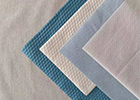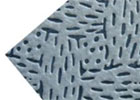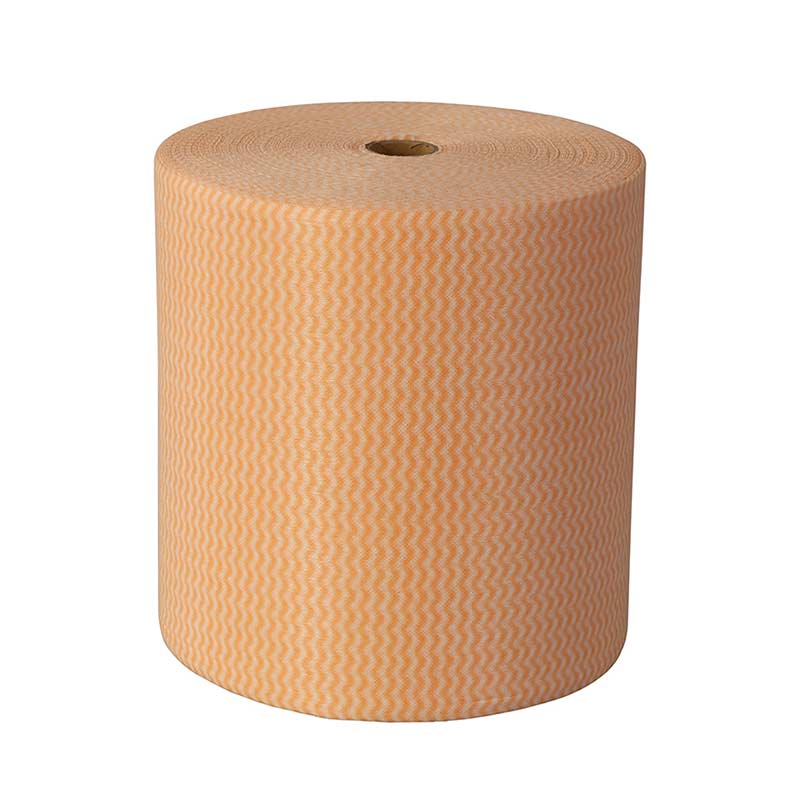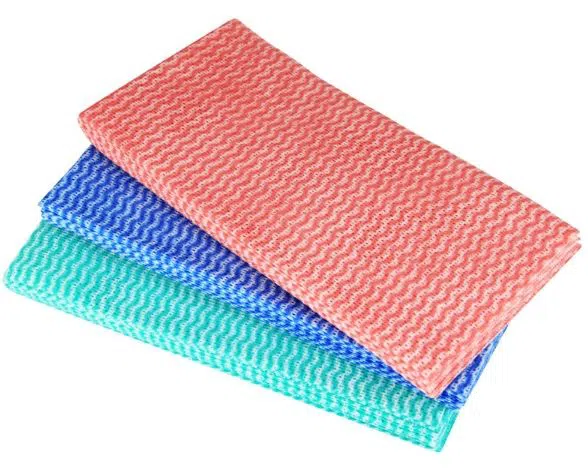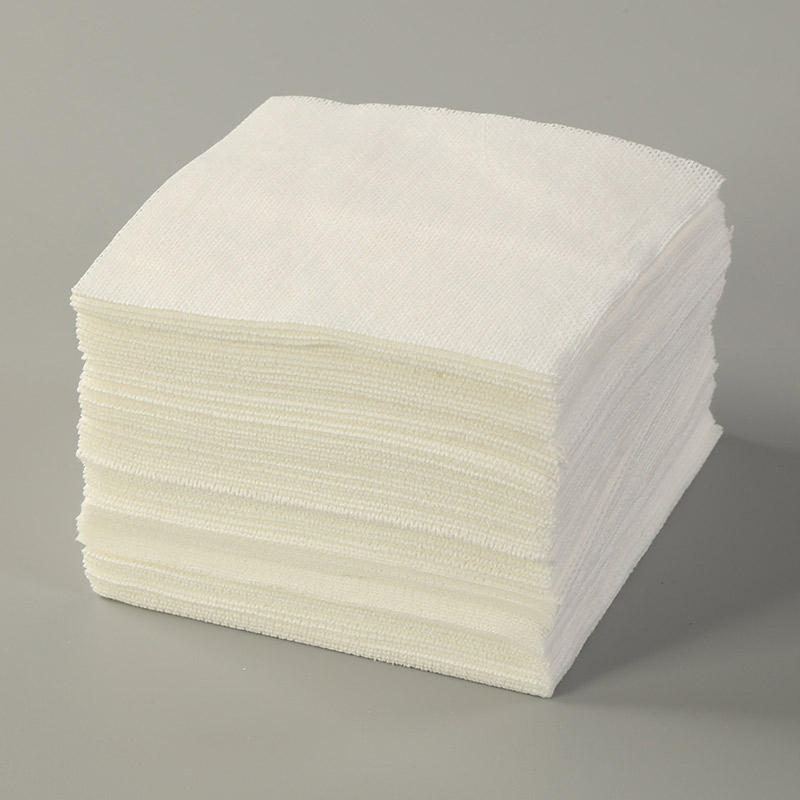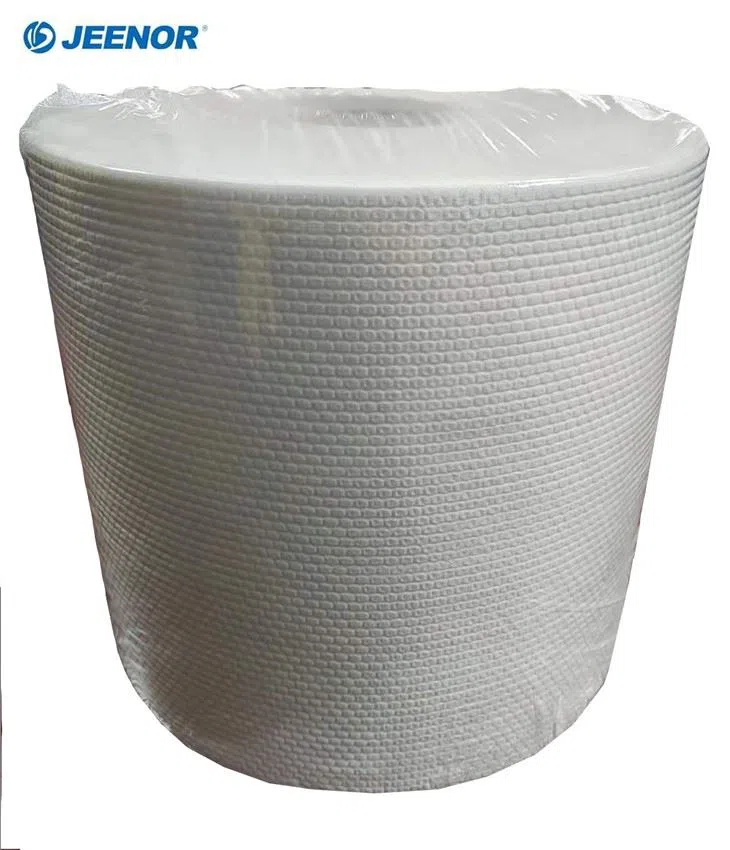A Greener Option: How Washable Non Woven Fabric is Making a Difference in the Environment
A Greener Option: How Washable Non Woven Fabric is Making a Difference in the Environment
Washable non-woven fabric is an eco-friendly option that is making a significant difference in the environment. Unlike single-use plastic bags, non-woven fabric is reusable and recyclable, making it a sustainable alternative for daily use. With its durable and sturdy construction, it can withstand multiple uses and washes, reducing the need for constant replacements. Moreover, non-woven fabric made from recycled materials further lowers its environmental impact by repurposing existing materials.
The use of such products reduces the burden on waste management systems and lowers the risk of ecological damage and sewer blockages. With the increasing awareness of the urgency to adopt sustainable practices, choosing washable non-woven fabric is an excellent option for promoting a greener earth, and it is a positive contribution towards a healthier future.

The Many Uses of Washable Non Woven Fabric: From Home to Industrial Applications
Washable nonwoven fabric is a versatile material that is widely used in both household and industrial applications. In the household sector, nonwoven fabrics are used for a variety of purposes such as filtering, cleaning, and providing aesthetic enhancements. They are also used for added strength, to cover or finish furniture pieces, for insulation and filtration purposes. Nonwoven fabrics are also used for medical textiles, serving various purposes such as sterility, liquid repellency, washability, cushioning, and absorbency.
In the industrial sector, nonwoven fabrics are used in the automotive sector and as personal care and cosmetics sector products. Nonwoven fabrics are also used in disposable products, such as medical dressings, household wipes, and protective clothing. The raw material suppliers, roll goods producers, and fabricators of the end-use all play a vital role in the production and distribution of washable nonwoven fabric. The end uses of washable nonwoven fabrics are segmented into hygiene, wipes, apparel, medical, health care, personal, and industrial applications.
With the importance of sustainability in today's world, washable nonwoven fabrics are gaining popularity as they can be re-used multiple times, thus reducing the amount of waste generated. Overall, washable nonwoven fabrics are proving to be a versatile and sustainable material that can be used in various applications across sectors.
Exploring the Applications and Benefits of Washable Non Woven Fabric
Washable nonwoven fabric has become increasingly popular in recent years due to its unique properties and wide-ranging applications. This fabric is designed with targeted properties and can be produced with a variety of materials, including cotton, wool, and kenaf fibers. Nonwoven fabrics are lightweight, durable, and can be washed numerous times without losing their effectiveness. The accumulation of solid salts on the fabric can be easily washed away through a simple handwashing process.
Additionally, most nonwovens can be effectively produced and finished to have specific benefits, such as flame retardancy, high liquid absorbency, liquid repellency, and high functionality in electrical applications. Nonwoven laminates are particularly effective as electrical barriers.
Despite their many benefits, nonwoven fabrics do have some limitations that must be taken into account. Overall, the unique benefits and applications of washable nonwoven fabric make it an excellent option for a wide range of industries and professionals seeking versatile and cost-effective solutions.
Uncovering the Properties of Washable Non Woven Fabric
The properties of washable nonwoven fabric have come under investigation lately due to their potential use in masks for source control. Nonwoven fabrics are known for their advantageous properties such as barrier properties, strength-to-weight ratio, and specific mechanical properties, which make them a suitable choice for various applications. To uncover the properties of washable nonwoven fabric, researchers have been assessing the availability, practicality, and specific properties such as hydrophobicity and electrostatics. The spunbond nonwoven polypropylene (NWPP) seems to be a desirable choice for washable fabric masks as it offers superior tensile properties at a weight of fabric.
Nonwoven fabrics can be either limited-life, single-use fabric, or very durable fabric and offer specific functions such as absorbency and liquid repellency. Despite the limitations in mechanical properties and poor aesthetics, nonwoven fabrics are finding a niche market in clothing. By exposing their inner (hydrophilic) walls, researchers are exploring ways to enhance the properties of nonwoven fabrics. Overall, uncovering the properties of washable nonwoven fabric is crucial for exploring their potential use in various applications, particularly in light of the current pandemic.
China Nonwoven Polyester Fabric Manufacturer
JEENOR is one of the leading China spunlace nonwovenfactories. Years of industry experience, stable quality.comprehensive cost-effective. lt is produced withimported equipment, and the product quality is stablePowerful manufacturers for many years, welcome toinquire.If you are looking for a professional Biodegradable Nonwoven Fabrics Manufacturer in China, please contact us now. We provide professional products and first-class service.




